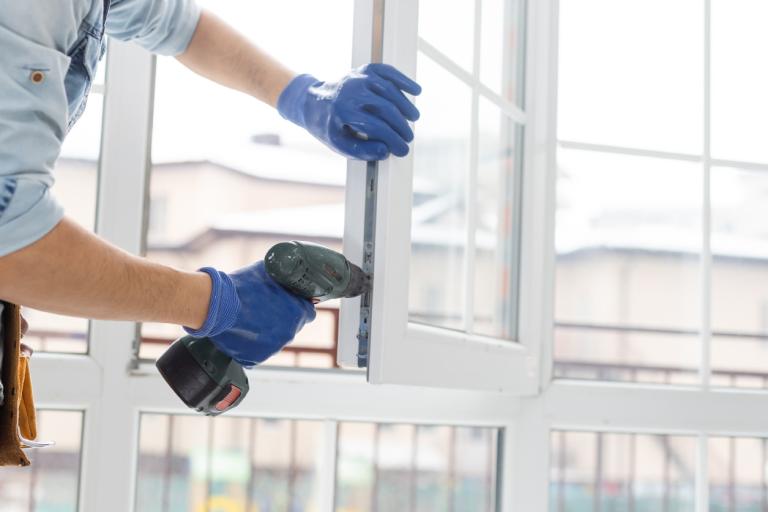We are improving our site by involving residents.
Help us continue to improve by giving your feedback
Before starting any retrofitting work on your home, it’s important to prioritise regular maintenance of your property.
Keeping your home well maintained improves comfort and energy efficiency. Regular maintenance tasks, such as repairing or replacing windows, provide a solid foundation before you start your project.

This approach focuses on improving the structure of your home, such as insulation or windows, before adding energy-saving technology such as low-carbon heating or solar panels.
Improving insulation reduces energy demand, making energy-saving systems work more efficiently and saving on overall costs.
When making changes to your home, think of the entire house as a system. Many upgrades work together, so you should plan for them all at once to avoid any problems or extra costs.
By planning in advance, you can avoid undoing work that has already been completed. You can also save money and ensure work is done in the right order. Speak to a retrofit coordinator or designer to get help with this planning.
The energy hierarchy is a way to think about making our use of energy more sustainable. It outlines 3 key stages:
When you are planning your project, take into account the following retrofit priority levels, listed in order of importance:
If your home is a listed building or is located in a conservation area, you may need permission before you start the retrofit work.
In Croydon’s conservation areas, you will need permission for external work, such as:
Listed buildings require listed building consent for any internal or external changes.
Some retrofit projects fall under national permitted development rights, allowing certain works without a planning application.
However, these rights do not apply to:
Make sure you get all the necessary permissions, such as:
For more information, contact our Development Management team at development.management@croydon.gov.uk.
NEW Help improve this site by giving feedback Show Hide
Send feedback directly to the content team using our website feedback form
You can also join our user research group to receive invites to activities and surveys to help shape future improvements to the site.